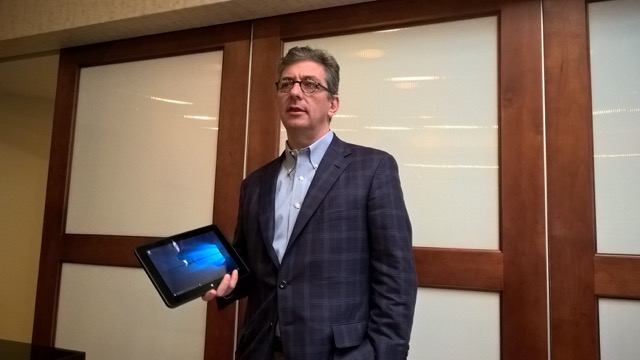An Intrinsically Safe IoT Solution for Oil & Gas Mobility

<< Previous Next >>
By: Thomas Ventulett, CEO of Aegex Technologies LLC I was invited to speak to a group last night about how incorporating intrinsically safe mobile technologies into the Internet of Things can transform the way oil and gas companies do business. I pointed out some of the important lessons that we at Aegex have learned about the industry’s needs and the right formula for successful mobility deployment in this sector:
- Mobile devices must be lightweight, portable, cost effective and have functions that match all other PCs in the organization.
- The most sought after device is one that tracks personnel and assets, is intrinsically safe (ATEX or C1D1 certified), and is wearable.
- Mobile devices should run apps that expand the organization’s existing office environment, like email, messaging, video collaboration, file sharing, and an IoT automation platform. In other words, Windows 10 operating system.
- Connect the people and the Cloud
- Get a computer to operate in a Hazardous Location
- Provide a single Windows Embedded platform so that when a sensor triggers, a mobile worker is connected and can react
- Windows 10 universal user interface for a uniform and secure access to cloud infrastructure such as Azure
- Secure Intel architecture
- Globally certified intrinsically safe devices for multinational IT organizations
- The question is two-fold:
- How can we change the mindset of hazardous industries to move away from the clipboard and embrace the intrinsically safe mobile technologies available to them?
- How do we make intrinsically safe tablets the most cost-effective solution?
